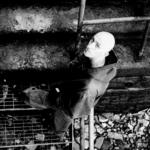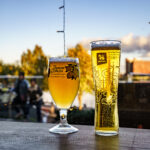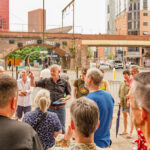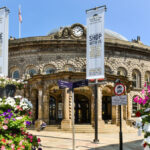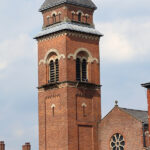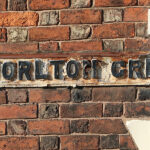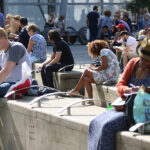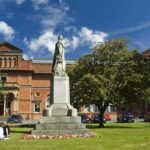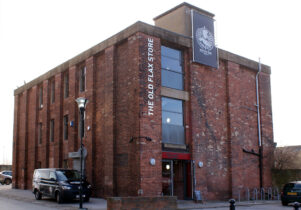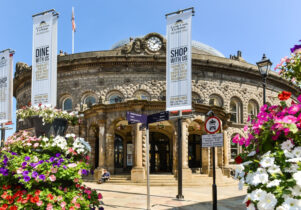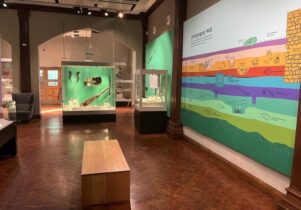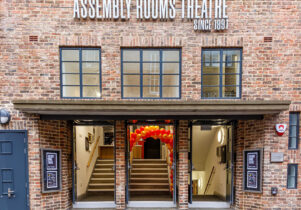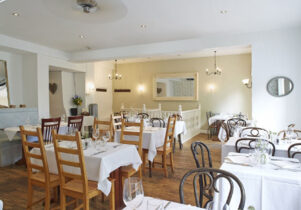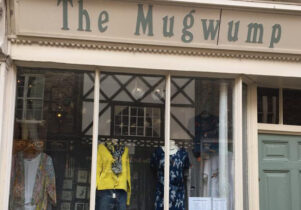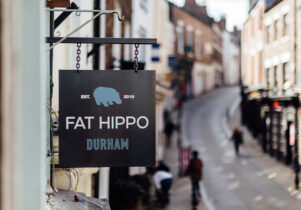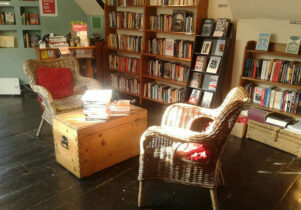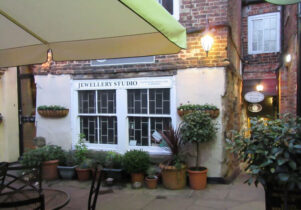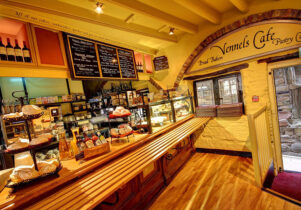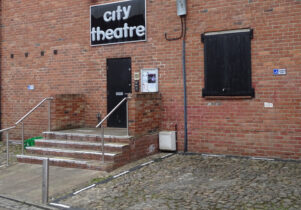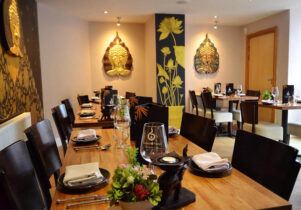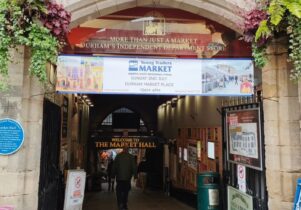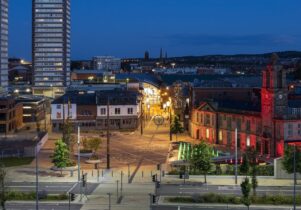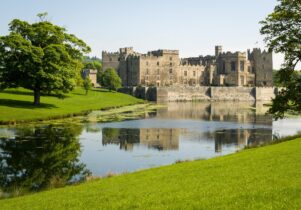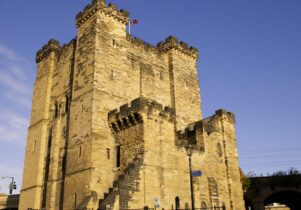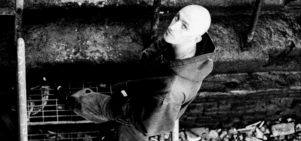Durham Castle
Alexander IlesVisit now
Durham Castle
- Monday9:00am - 5:00pm
- Tuesday9:00am - 5:00pm
- Wednesday9:00am - 5:00pm
- Thursday9:00am - 5:00pm
- Friday9:00am - 5:00pm
- Saturday9:00am - 5:00pm
- Sunday9:00am - 5:00pm
Always double check opening hours with the venue before making a special visit.
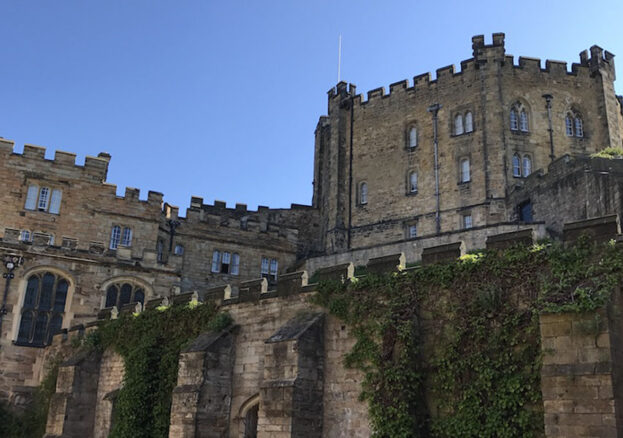
Opposite the cathedral is Durham Castle. It was constructed initially because of the dangerous conditions following the Norman Invasion. The Anglo-Saxon population of England were not pleased at the idea of being invaded by a small group of French-speaking Vikings and were doing their best to try to drive them out of England. This involved open revolt, murder and the deaths of three Earl’s of Northumbria – one of which Robert Cumin died in Durham after misjudging the willingness of the people of Durham to drive the Normans out, by burning down their own town. William the Conqueror decided to send a Bishop up to control the North East of England. Bishop Walcher was sent and built the castle, before he too was murdered by the population of Gateshead, on the River Tyne. This caused King William to order the first English genocide – the “Harrowing of the North”, where one quarter of the north’s population was thought to be killed and one tenth of England’s population died. From there on Durham was fortified as an administrative palace of the new Prince Bishops of Durham; powerful religious lords whose role was to protect the North of England on behalf of the king against rebellion and Scottish attack.
In the early years Durham’s castle remained a fortress, but over time it was transformed into a palace as castles and fortresses were constructed to the North. Though the Bishops of Durham had a residence in Durham, they preferred Auckland Castle and so Durham Castle was often overlooked until 1832. In that year an act of parliament – the Great Reform Act – removed the secular powers from the Bishops of Durham. The Final Prince Bishop, Van Mildert, was aware this was going to occur and so he put a plan in place to create a University out of many of the buildings around the Cathedral that had formerly administered County Durham. As a result of this Durham Castle was refurbished and became student accommodation for the students at this new university. The castle is still accommodation to this day and while a lot of the building is from the 19th century, there is still a fantastic Norman chapel within the Castle that can be seen during a guided tour of the castle – bookable at the Durham World Heritage centre or online at Durham University’s website.
